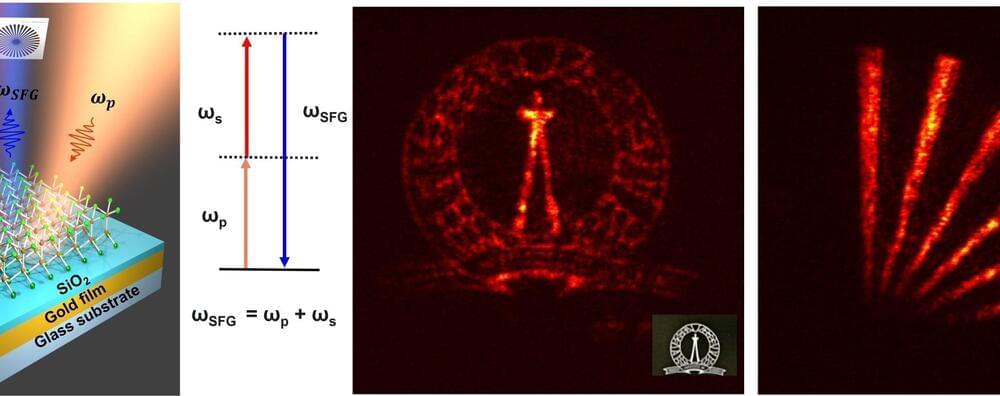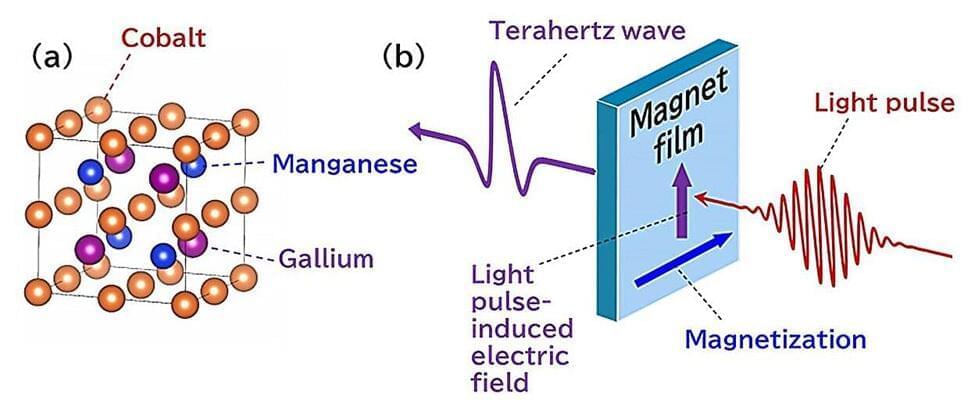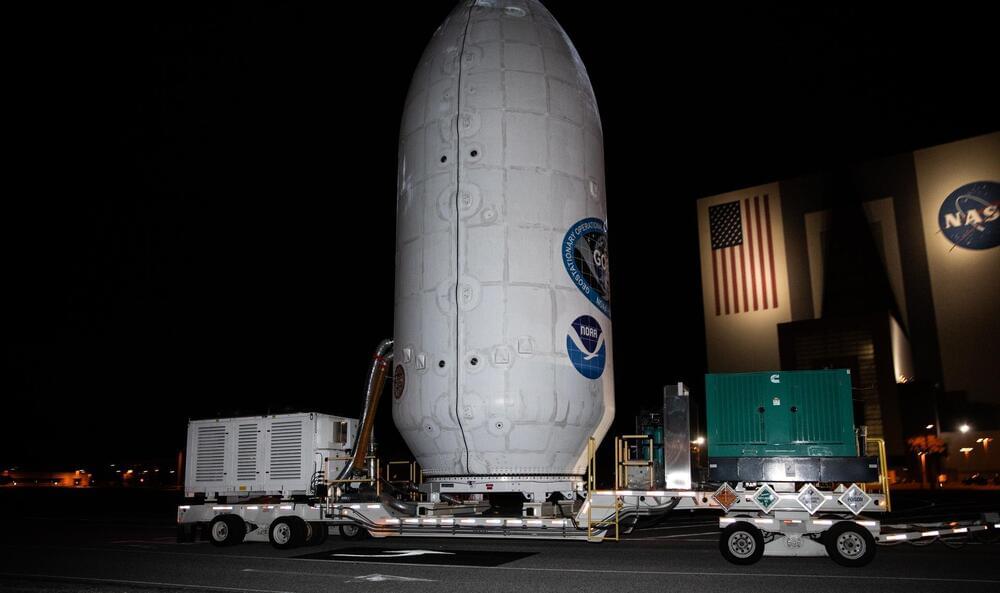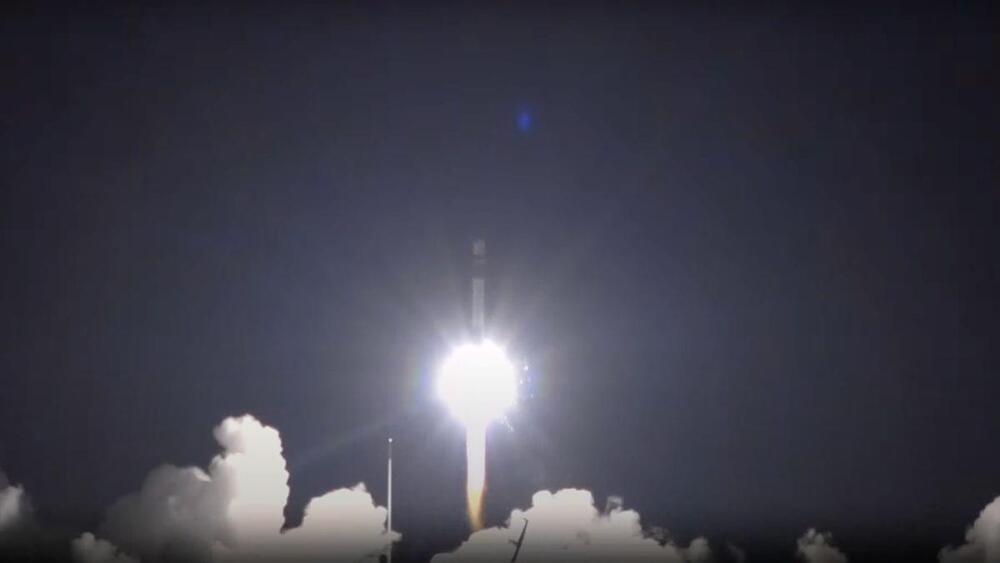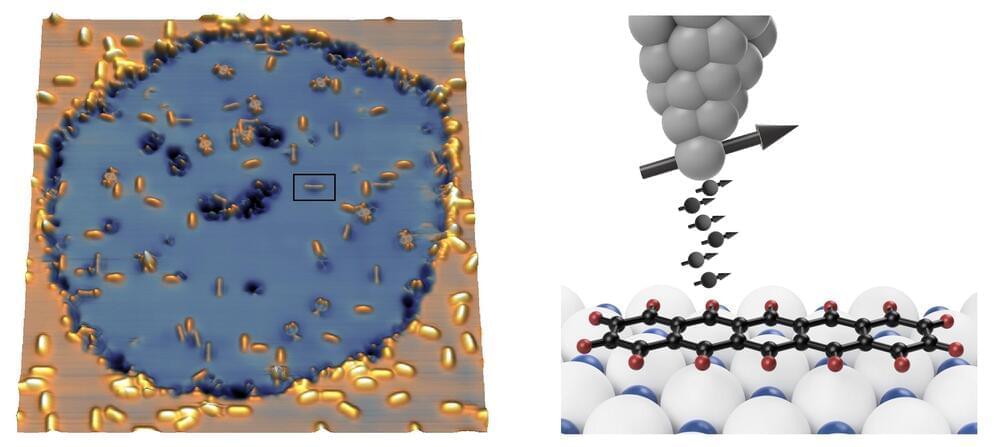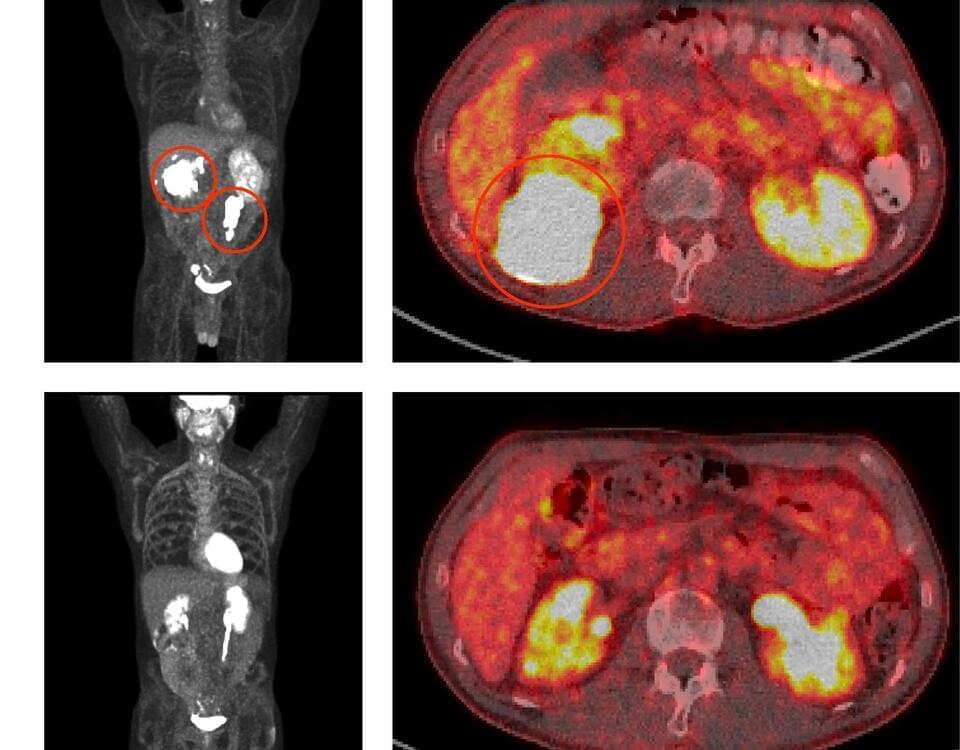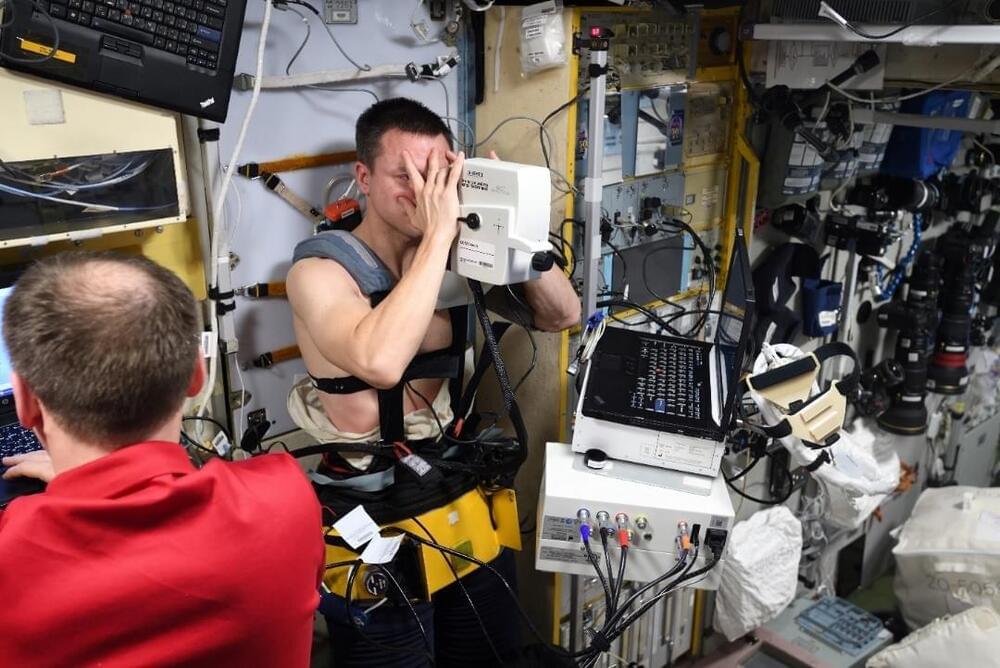
Dr. Ana Diaz Artiles: “When we’re upright, a large part of our fluids are stored in our legs, but in microgravity we get a redistribution of fluids into the upper body.”
What physiological effects can extended periods of microgravity have on the human eye? This is what a recent study published in npj Microgravity hopes to address as a team of researchers investigated how the shifting of fluids under microgravity conditions could lead to eye vessel alterations. This study holds the potential to help space agencies, researchers, and the public better understand the short-and long-term physiological effects of microgravity, specifically with more humans traveling beyond Earth’s gravity on commercial spaceflights.
“When we experience microgravity conditions, we see changes in the cardiovascular system because gravity is not pulling down all these fluids as it typically does on Earth when we are in an upright position,” said Dr. Ana Diaz Artiles, who is an assistant professor in the Department of Aerospace Engineering at Texas A&M University and a co-author on the study. “When we’re upright, a large part of our fluids are stored in our legs, but in microgravity we get a redistribution of fluids into the upper body.”
Continue reading “Impact of Space Flight on Human Health: A Focus on the Eye” »
